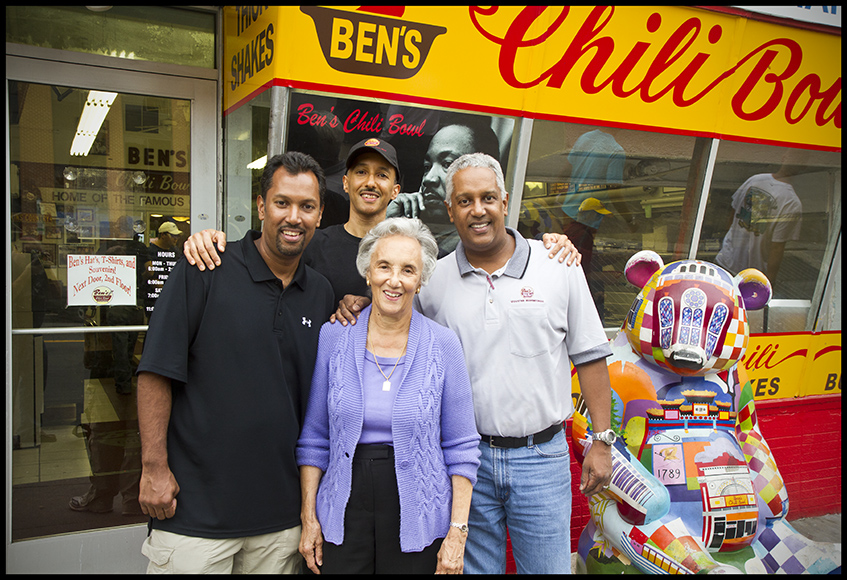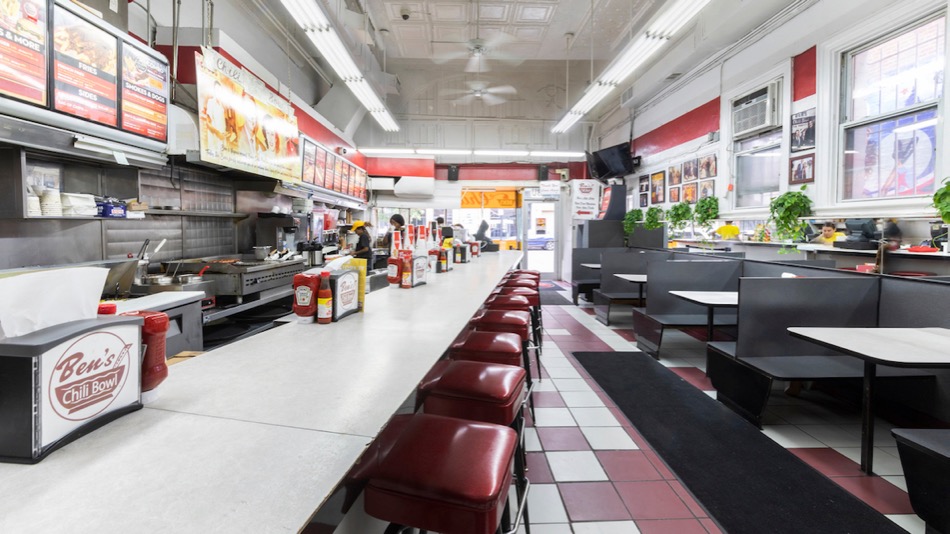Georgetown University Student Explores the History of Ben's Chili Bowl

Georgetown University student, Sonali Mirpuri (C’20) explored the history of Ben’s Chili Bowl in her college thesis.
Mirpuri was interested in studying how first-generation Indian students such as herself navigated the intersections of race, identity and community at Georgetown University. After meeting with the family that started the famous Ben’s Chili Bowl chain in Washington, D.C., Mirpuri gained rare insights that helped her complete a thesis on the micro-history of this community staple.
Through conversations with the Ali family (Mahaboob Ben Ali, the founder of the restaurant, passed away in 2009), Mirpuri learned about the changes in the community over the years and the struggles that the Ali family overcame.

“I was fascinated by how Ali’s ideas of race and ethnicity helped him settle into a black community, and how this affected his other identities of being Muslim of Indian descent,” says Mirpuri.
Ben Ali’s grandparents, originally from India, were sent to Trinidad as indentured laborers. He was raised in the town of San Juan, the first child of seven in a Muslim, Indo-Caribbean family. In 1945, Ali immigrated to the U.S. as a student, living in Nebraska and Pennsylvania before attending Howard University in Washington, D.C., where he fell in love with the U-Street community.
The U Street Corridor, colloquially referred to during this time as Black Broadway due to the thriving black-owned entertainment venues and businesses, contained the nation’s largest urban black community.
When he and his wife Virginia Ali, a black woman from Washington, opened their restaurant in this vibrant community in 1958, Ali chose to call it Ben’s Chili Bowl as a nod to the American community he was now a part of in D.C.
Read more here.
